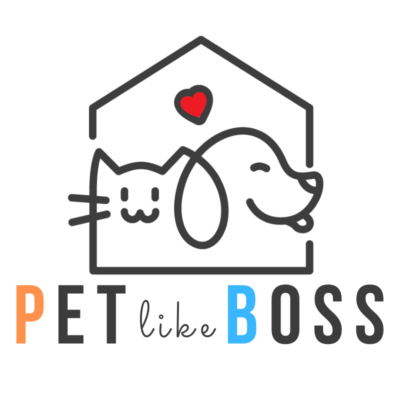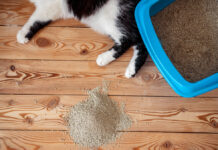For cat parents wondering if their feline friends need raised bowls, the answer isn’t as straightforward as you might think. Do cats need raised bowls? While not all cats require elevated feeding stations, certain situations and health conditions make raised bowls beneficial for our furry companions.
Why Consider Elevated Feeding Bowls?
As a dedicated pet parent, you’ve probably spent countless hours browsing Pet like boss and other resources to ensure your cat gets the best care possible. Raised bowls have become increasingly popular, and here’s why they might be worth considering.
Benefits of Raised Feeding Bowls
-
Improved Digestion
- Better posture while eating
- Reduced air swallowing
- Smoother food transit
-
Enhanced Comfort
- Less strain on neck and joints
- More natural eating position
- Easier access for senior cats
-
Cleaner Feeding Area
- Minimizes food scatter
- Reduces spills
- Easier maintenance
When Are Raised Bowls Most Beneficial?
Senior Cats
As cats age, they may develop arthritis, making it uncomfortable to bend down for extended periods. Elevated bowls can provide much-needed relief for these elderly felines.
Medical Conditions
Cats with certain health issues might benefit from raised bowls – Megaesophagus- Digestive problems- Joint issues- Neck pain
Large Breeds
Bigger cat breeds like Maine Coons or Ragdolls might find elevated bowls more comfortable due to their size.
Choosing the Right Height
Finding the perfect height for your cat’s raised bowl is crucial – Measure from floor to your cat’s lower chest- Bowl should be at or slightly below this height- Consider adjustable options for growing kittens
Common Mistakes to Avoid
-
Bowl Too High
- Can cause neck strain
- Might lead to awkward eating positions
-
Unstable Platforms
- Risk of tipping
- Potential mess and safety hazards
-
Wrong Bowl Size
- Too deep can cause whisker fatigue
- Too shallow leads to spills
Making the Transition
When introducing raised bowls:1. Start gradually2. Keep old bowls available3. Monitor eating habits4. Observe comfort levels
Additional Considerations
For more insights about cat care and feeding, check out our comprehensive dog care guides for pet parenting tips that apply across species.
Maintenance Tips
- Clean elevated platforms regularly
- Check stability frequently
- Replace worn components
- Adjust height as needed
Special Cases
Multi-Cat Households
- Consider individual needs
- Provide options at different heights
- Maintain separate feeding stations
Kittens vs. Adult Cats
- Adjustable heights for growing kittens
- Fixed heights for adult cats
- Monitor comfort levels
Expert Opinions
Veterinarians often recommend raised bowls for:- Post-surgery recovery- Mobility issues- Digestive problems- Senior cat care
DIY Solutions
Can’t find the perfect raised bowl? Try these DIY options:1. Sturdy box platforms2. Custom wooden stands3. Adjustable shelf systems4. Repurposed furniture pieces
Making the Decision
When deciding if your cat needs raised bowls, consider:- Age and health status- Eating habits- Physical limitations- Comfort preferences
Cost Considerations
Investment options include:- Basic elevated platforms ($10-30)- Designer solutions ($30-100)- Custom-made options ($50+)- DIY alternatives (variable)
The Bottom Line
While not all cats need raised bowls, they can significantly improve feeding comfort for many felines. Observe your cat’s eating habits and consult with your veterinarian to make the best decision for your furry friend.
Tips for Success
-
Observation
- Watch eating patterns
- Monitor comfort levels
- Note any changes
-
Adjustment Period
- Allow time for adaptation
- Be patient
- Provide alternatives
-
Regular Assessment
- Check bowl height periodically
- Evaluate effectiveness
- Make necessary adjustments
Final Thoughts
The decision to use raised bowls should be based on your cat’s individual needs. While some cats thrive with elevated feeding stations, others may prefer traditional ground-level bowls. The key is to observe your pet’s behavior and comfort level while eating.
Remember that every cat is unique, and what works for one might not work for another. Whether you choose raised bowls or stick with traditional feeding methods, the most important thing is ensuring your cat’s comfort and health during mealtime.
Stay informed about your pet’s needs by regularly consulting reliable sources and your veterinarian. Your cat’s comfort and health should always be the primary considerations in any feeding decision.












